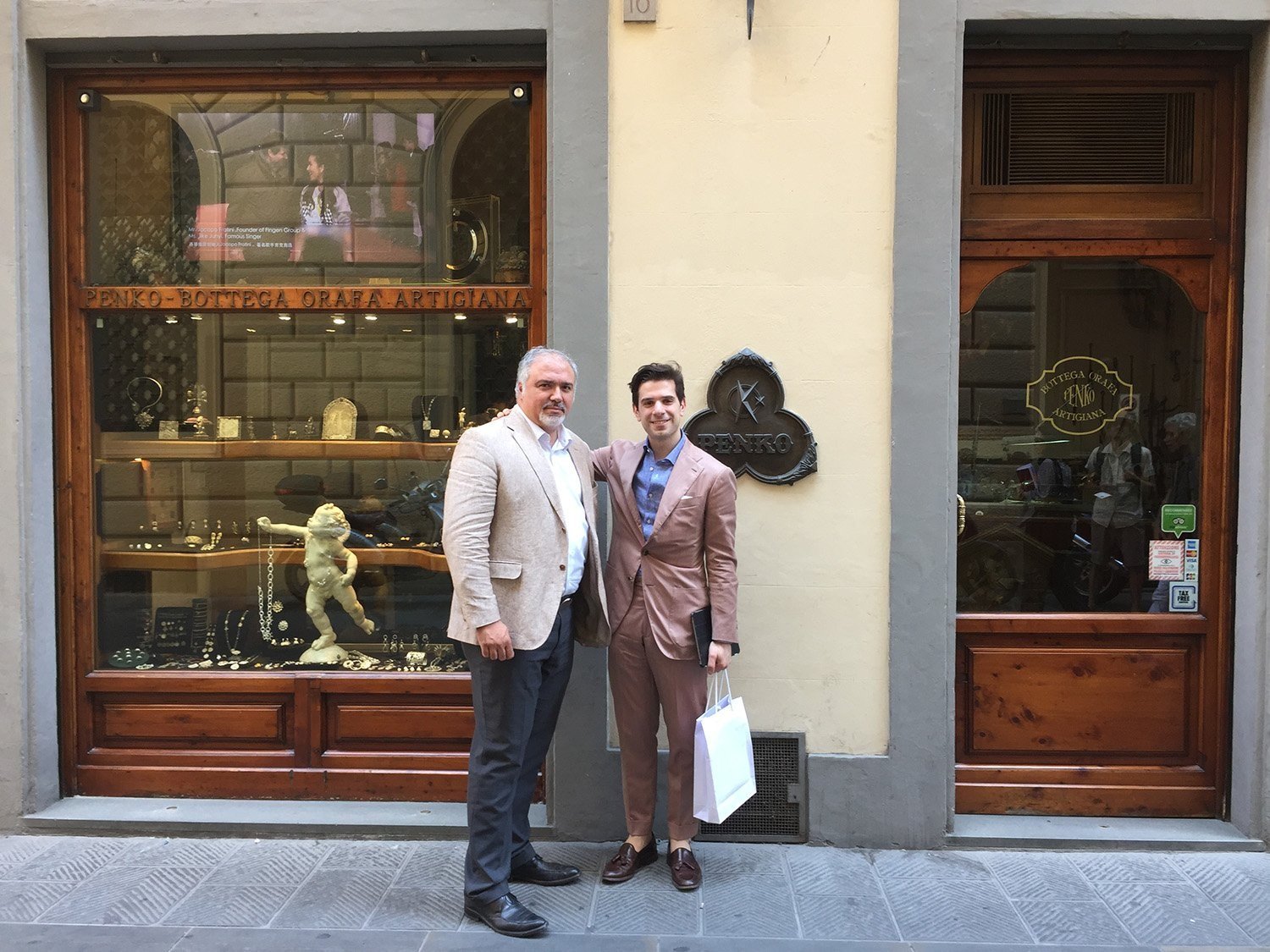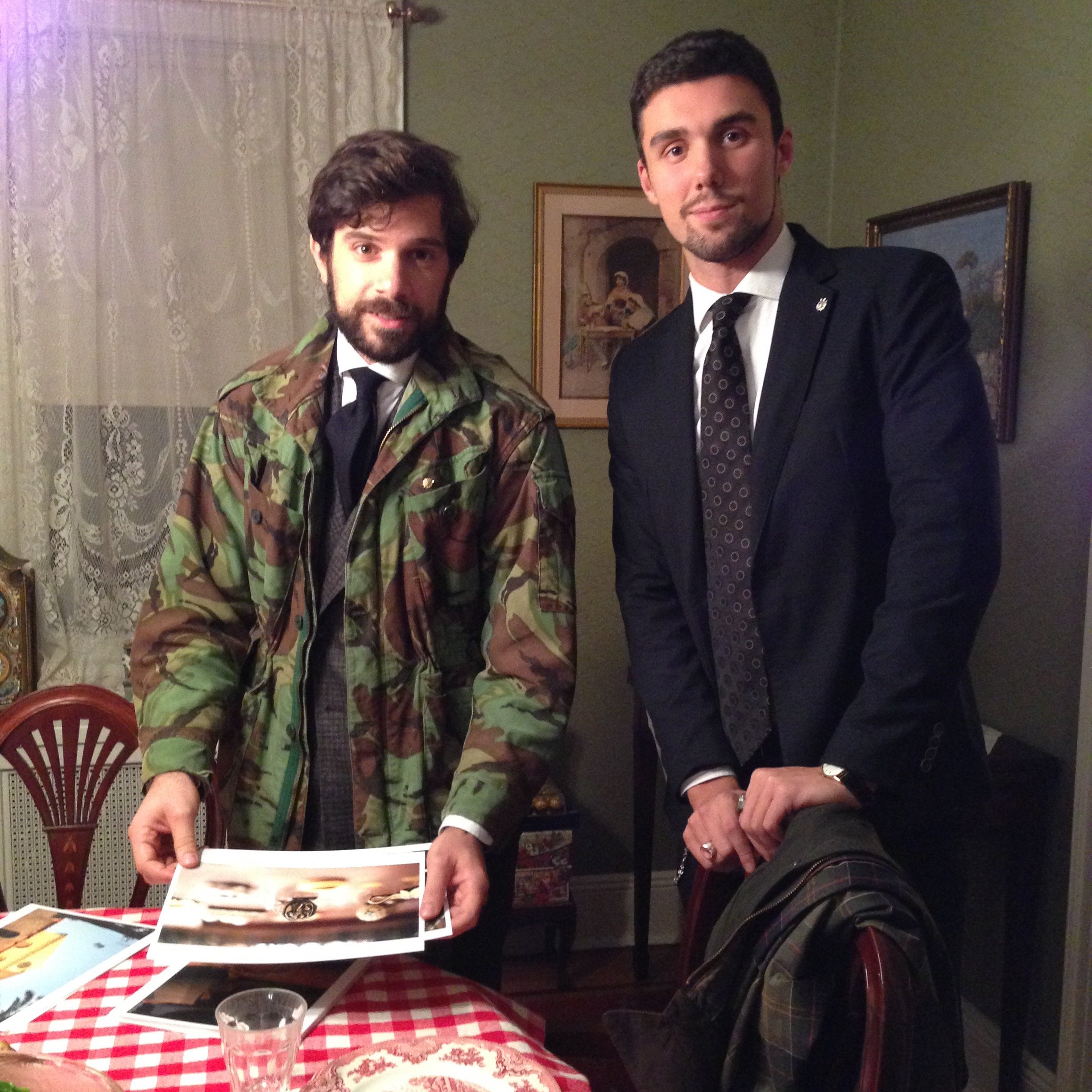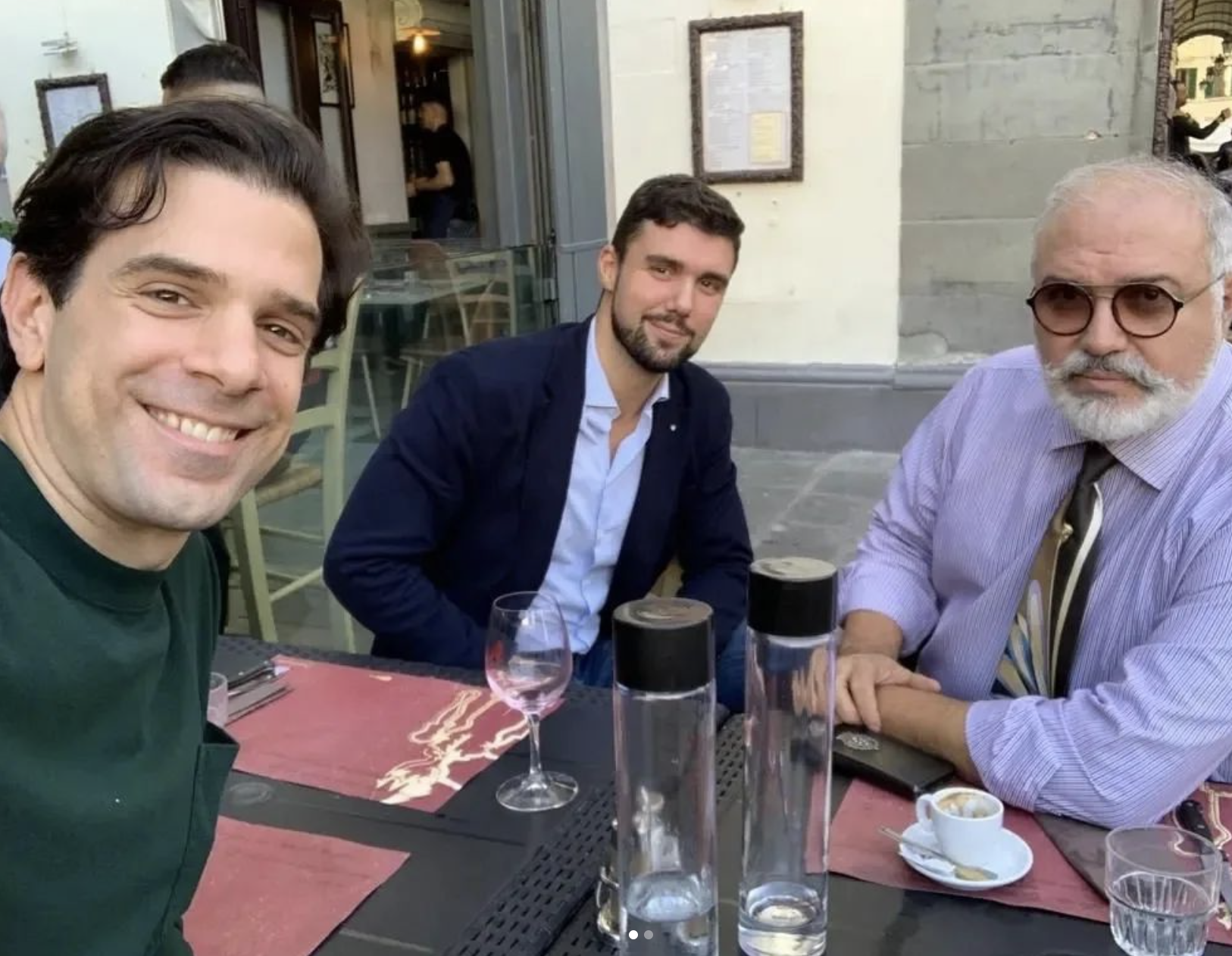7 Years & a Lifetime: the Road to L’Arte Nascosta, pt. 1
Florence, 2017
Rome, 2019
Seven years and a lifetime is what it took.
It all evolved so naturally that it really doesn’t seem that long, but when I think about it, that’s exactly how long it took me to embark on this journey: a lifetime of traveling throughout Italy with my family to explore its most remote towns, a lifetime of Sunday afternoons listening to my Grandfather’s stories about his years spent living at Assisi’s Franciscan monastery during the Second World War, a lifetime of reading the literature, learning about the art, getting lost in the modal harmonies of ancient and obscure folk songs, a lifetime of meeting the people.
Florence, 2018
Ultimately, it was this collection of experiences or, bagaglio di esperienze, as the Italians call it, that inspired me to pursue a Master’s Degree in Italian Studies. Immersed in NYU’s 15th century campus located just a mile from the center of Florence, I chose to concentrate my studies on the component of the socioeconomic engine that drove aesthetic expression and cultural innovation throughout the Italian Renaissance: patronage.
Historically speaking, the topic of patronage is vast and extends far beyond the Italian Renaissance, crossing the gamut of private and public works, art, clothing and even utensils (yes, utensils… but that’s another discussion for a different day). When I began my coursework, I wrongly assumed that patronage was a grossly endangered practice that hadn’t survived the industrial revolution. My interest was mostly academic, but after just a few weeks in Florence, possibly by chance – if not by fate – and to my amazement, I stumbled upon a vibrant and dynamic world that, even after all my adventures in Italy, had remained hidden from me in plain sight. That is, the world of Italian artisanship: those masters of craft capable of creating unique and useable masterpieces comparable to those that have been withdrawn from use to remain perennially stored behind plexiglass display cases at world-class museums, as if suspended in time and creation.
Suddenly, my studies seemed much more relevant to my digitized world. To interact with those Master Artisans, watch them work and gradually become familiar with the historic methods they employed was my own very personal invitation to peel back the curtain of time and witness how history’s most valued works of art came into existence. Time, which in an artisan’s workshop does not progress linearly; when an artisan sits at his bench, time’s fabric is bent: what was old becomes new… what is new is made timeless.
NYU’s Florence Campus, Villa la Pietra
Lazio, 2019
Florence, 2018
It all started when I stumbled upon Paolo Penko’s bottega on Via Zannetti. It was the beginning of the school year and I still didn’t have a firm grasp on Florence’s winding alleys. I got lost. At the time, I would have sworn that I had wandered into the city’s deepest recesses – my overzealous imagination conjured images of Lorenzo de’ Medici strolling down those same streets. In retrospect, I was actually around the corner from the Duomo (for the record, you can’t get much more central than that!) and it was the faint sound of hammering metal that caught my attention and brought my imagination back into orbit. The noise led me to Paolo’s shop and I opened the door, falling headlong into the world of artigianato artistico, or high artisanship.
Paolo in his workshop, 2016
Paolo at his workbench, 2017
Paolo at his workbench, 2017
Paolo’s shop became my favorite free-time destination; it wasn’t long before we became friends. He introduced me to other artisan colleagues of his and gradually it became clear to me that I had chanced upon an opportunity to create a link between my new friends and potential clients (or patrons, as I prefer to call them) in the United States. The idea was ambitious, and I had no real entrepreneurial experience to speak of, but when my graduate program drew to a close, and I visited Paolo to say goodbye, I shook his hand and blurted out my (very incomplete, and ambitious) idea… I think what came out was more of a word salad of fragmentary, disjointed sentences followed by, “Would you be interested in collaborating with me when the time comes?” An initial look of bewilderment (presumably as he rearranged my word salad into a cogent thought) and he smiled, shook my hand more vigorously and said, “Whatever you need!”
And so began the adventure to discover … to be continued…













